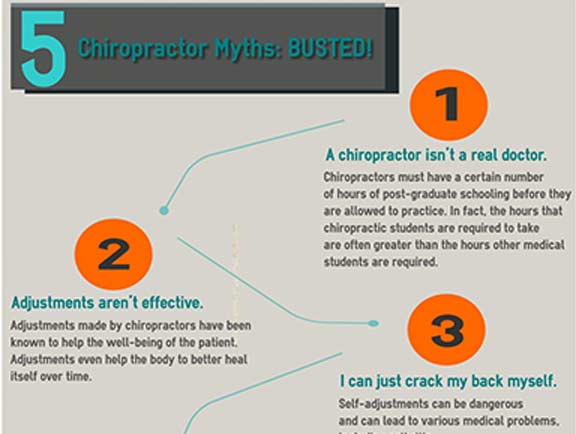Exactly How Is Cold Laser Treatment Employing Light To Redefine Recovery, And What Pioneering Leads Are Arising For Pain Monitoring?
Exactly How Is Cold Laser Treatment Employing Light To Redefine Recovery, And What Pioneering Leads Are Arising For Pain Monitoring?
Blog Article
Write-Up By-Strickland Lynge
When thinking about alternative treatments, cold laser therapy sticks out due to its one-of-a-kind technique to recovery. By utilizing certain wavelengths of light, it targets cellular features and advertises recuperation in a non-invasive fashion. This approach not just enhances ATP production but additionally help in reducing inflammation and discomfort. As study continues to unfold, the effects for recovery and pain management could be considerable. What does this mean for future treatment alternatives?
The Systems of Cold Laser Treatment
Cold laser treatment, likewise referred to as low-level laser treatment (LLLT), functions by stimulating mobile feature with the application of particular wavelengths of light.
When the laser light permeates your skin, it communicates with the mitochondria in your cells, boosting ATP production. This increase in ATP stimulates your cells, advertising healing and regrowth.
simply click the next internet site affects cell membrane layers, enhancing their permeability and assisting in nutrient absorption while removing toxic substances. Furthermore, cold laser therapy sets off the release of endorphins and lowers swelling, aiding your body respond better to injury.
You'll experience boosted blood flow as the treatment stimulates capillary development, making sure that oxygen and nutrients get to broken cells a lot more effectively.
Comprehending these systems can assist you appreciate its potential in advertising recuperation.
Prospective Benefits of Cold Laser Therapy
When considering choices for pain alleviation and healing, you could discover cold laser therapy to be an enticing option. This non-invasive method can help reduce inflammation, reduce pain, and promote tissue repair service.
Lots of people report quicker recovery times from injuries and surgical procedures after going through cold laser therapy. It's specifically useful for problems like joint inflammation, tendonitis, and muscle pressures.
You may also appreciate that it has marginal side effects compared to pharmaceuticals. Additionally, cold laser therapy can improve blood circulation, which assists in providing nutrients and oxygen to damaged areas.
Current Research and Professional Applications
As rate of interest in cold laser treatment expands, researchers are discovering its numerous applications and effectiveness in scientific setups. You'll locate research studies exploring its duty suffering administration, injury healing, and reducing swelling.
In physical treatment, specialists utilize cold laser treatment to boost recuperation in sports injuries, while dental professionals are finding it helpful for treating dental pain and gum tissue problems. Recurring tests are evaluating its capacity in treating problems like joint inflammation and neuropathy.
These researches aim to establish standard procedures and does, guaranteeing safety and security and efficacy. As more proof arises, you could see cold laser therapy becoming a staple in both rehabilitation and discomfort monitoring, offering patients a non-invasive choice that complements standard therapies.
Conclusion
In conclusion, cold laser therapy uses an appealing method to recovery by taking advantage of particular wavelengths of light to increase cellular functions and advertise healing. With benefits like enhanced blood circulation, lowered inflammation, and discomfort relief, it's ending up being a valuable alternative for numerous conditions. As Read Even more remains to develop standardized protocols, you can eagerly anticipate better acceptance of this non-invasive therapy in rehabilitation methods and discomfort management approaches, making it a possible game-changer for many patients.
